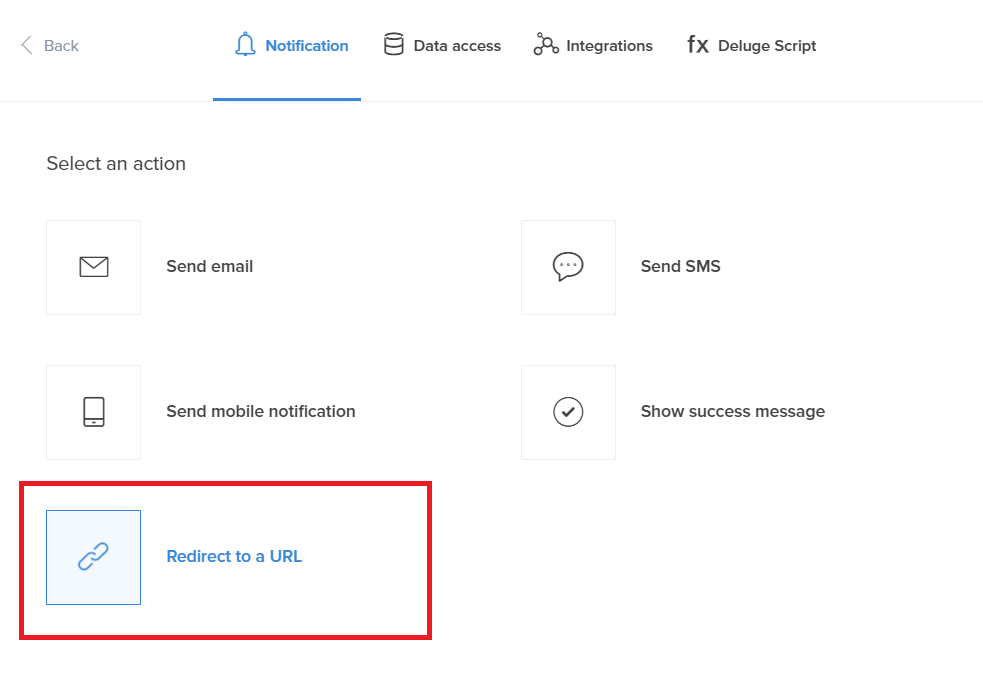

If you have a 301 redirect set up on page 1, it will also redirect any /page1 URL with a URL parameter. That is, this URL: is the same as this URL. Website Builder treats any URL with a URL parameter as the same URL. A URL parameter is anything that comes after the ? or # in the URL. Specific URL redirects do not work on URL parameters. When using redirects, make sure the visitor understands that they will be redirected so they do not mistake it for phishing attacks. While URL redirects are very beneficial in these cases, they can also cause visitors confusion to which site they are visiting. Redirects are also important when you are switching domains or moving specific pages to a new domain.
#Re direct url full#
To redirect these pages, you must include the full URL (for example, URL Redirects are very useful if you have multiple sites that you want forwarded to your responsive site. URL redirects do not support dynamic pages or blog posts.

#Re direct url download#
To ensure you follow the correct structure, use the template and click Download CSV Template.

Then, based on the type of redirect you selected, you can either choose the page you want the old URL to redirect to in the dropdown menu on the right, or you can enter the URL you want it to go to. To edit or delete your custom URL redirects, click Edit or Delete in the redirect menu. Select the type of redirect in the dropdown menu.Delayed meta refresh redirect: Triggers only after an arbitrary number of seconds set by the site owner. Google Search interprets instant meta refresh redirects as permanent redirects. You can choose to use a page from your new site or an external URL. Google differentiates between two kinds of meta refresh redirects: Instant meta refresh redirect: Triggers as soon as the page is loaded in a browser. Note this only redirects the specific URL and not nested pages. For example, if your site originally had a page /my-page.html, type /my-page.html. Type the original URL to be redirected in the Old page name field.To manually create a URL redirect, click Add new redirect.Use the URL redirect feature to redirect your old page URLs to their new responsive site URLs and keep search engines happy.ĭelete the old page, then in the left panel, click Settings and then click URL Redirect. Replacing your site with a new responsive site temporarily affects your search engine rankings while Google and other search engines adjust to the changes. The URL Redirect feature lets you redirect specific URLs on your site to specific pages.


 0 kommentar(er)
0 kommentar(er)
